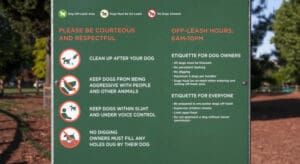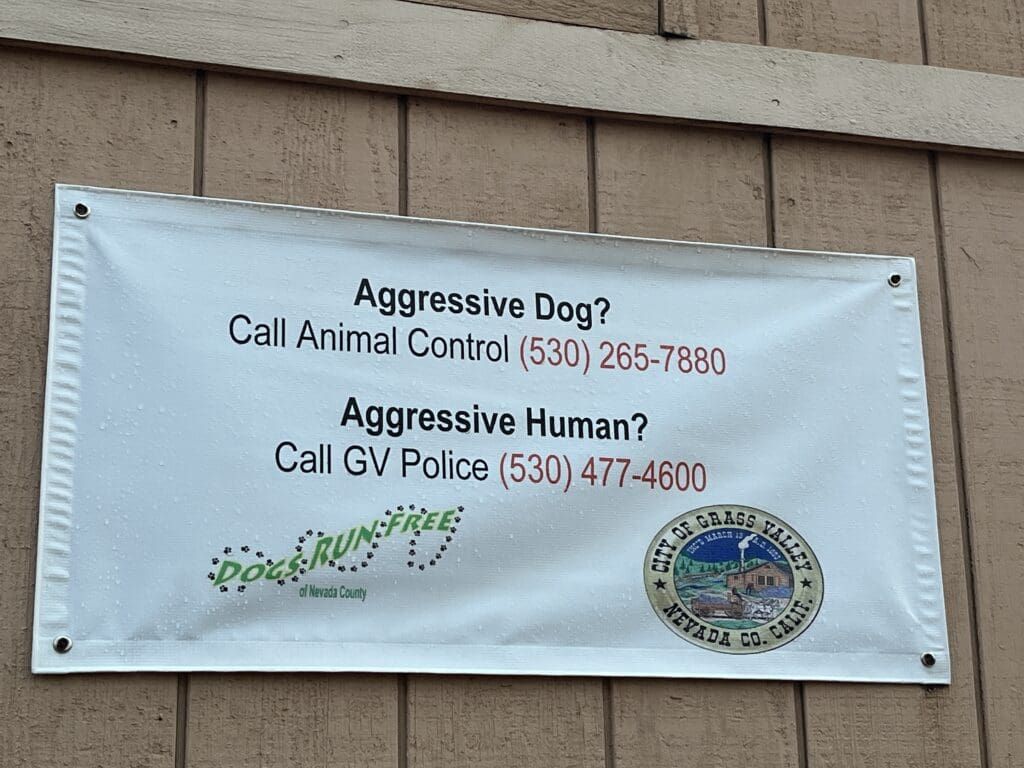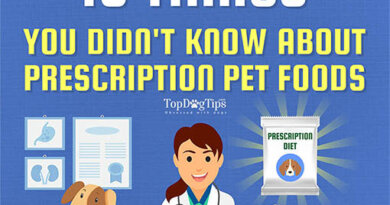Aggression at Dog Parks – Whole Dog Journal
We’ve all got stories about terrible things that we’ve seen or heard about that happened at a dog park: Dogs who fought, dogs who got killed, dogs who bit people. Nevertheless, I think we all could acknowledge that in a perfect world, large and safely fenced parks where dogs can run off-leash are a valuable asset to many dogs; the ability to run outdoors improves their physical and mental health. And some of the dogs and some of the people like to socialize there. The problem is, how to keep anyone from hurting each other!
In some cities or towns, people try to regulate or legislate rules or guidelines to try to reduce the occurrence of tragedies. “No aggressive dogs,” the signs might broadly state (though there are plenty of people who can’t identify any but the most violent acts of canine aggression).
In contrast, other parks take a micromanaging approach, forbidding people from bringing food, toys, or children into the park, banning intact dogs and puppies under a certain age, and providing spaces for smaller and larger dogs and strictly enforcing this separation. If observed, all of these rules will help prevent certain acts of aggression between dogs – but any time a mixed population of dogs and their humans gather off-leash, there is a chance that disagreements will happen, no matter how diligently all the rules are followed.
I would argue that there are just as many potentially aggressive humans at these parks as there are dogs who exhibit aggressive behavior, so I was amused to see a sign in one dog park recently that confirmed my bias and gave attendees a way to bring in a higher authority to handle aggression-related disputes:
It’s probably not funny. I recently read about a dog-park tragedy where a Shi-Tzu’s owner shot and killed another person’s Rottweiler after the large dog grabbed and was shaking the small dog. It’s only natural to try to place blame with one party or the other. It sounded like the off-leash Shi-Tzu ran up to the leashed Rottweiler barking; did the small dog initiate the aggression? Was the Rottweiler dog-aggressive; is that why the owner had the dog (and another Rottweiler) on leash in an off-leash park? Perhaps none of those dogs should have been a dog park, and certainly not in the same area; it’s safest when small and large dogs have separate areas to play in. But I have experienced a situation where a 25-pound dog caused injuries that killed a 12-pound dog, so a separate small-dog area is not the only answer.
If I still lived in an urban area where there are few places to let my dogs run, and I had young adult dogs who would benefit from more exercise than I could provide on leash, I would likely still make an occasional visit to a dog park. But I’d never take a puppy or insecure adolescent to a dog park. I’d take a friendly, adult dog only during hours when a park was very lightly populated – and I’d always observe the dogs (and humans!) who were present in the park before I entered. I’d want to see playful dogs who seemed to be attentive to their attentive owners; I won’t go into a park if all I see are folks who are drinking coffee and looking at their phones, or gabbing with other owners and not watching their dogs. And I wouldn’t even turn off the car if I see any aroused-appearing dogs cruising around looking for other dogs to run toward and bully, or mobbing every new dog who walks into the park. Unfortunately, all of those disqualifiers are all-too-common at most dog parks.
(If you’re still inclined to visit dog parks with your dog, read Pat Miller’s 2017 piece about how to evaluate a dog park for a safer visit.)






